
The South African Republic, also known as the Transvaal Republic, was an independent Boer Republic in Southern Africa which existed from 1852 to 1902, when it was annexed into the British Empire as a result of the Second Boer War.
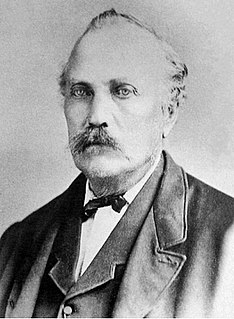
Marthinus Wessel Pretorius was a South African political leader. An Afrikaner, he helped establish the South African Republic, was the first president of the ZAR, and also compiled its constitution.
The Netherlands–South African Railway Company or NZASM was a railway company established in 1887. The company was based in Amsterdam and Pretoria, and operated in the South African Republic (ZAR) during the late 19th century. At the request of ZAR president Paul Kruger, the NZASM constructed a railway line between Pretoria and Lourenço Marques in Portuguese East Africa.

The Nieuwe Republiek was a small Boer republic which existed from 1884 to 1888 in present-day South Africa. It was recognised only by Germany and the South African Republic. Its independence was proclaimed on August 16, 1884, with land donated by the Zulu Kingdom through a treaty. It covered 13,600 square kilometres (5,300 sq mi) and the capital was Vryheid or Vrijheid, both being alternative names of the state. The founder and president until it requested incorporation into the South African Republic on 20 July 1888 was Lucas Johannes Meyer, while Daniel Johannes Esselen acted as Secretary of State during the same period.

During the Napoleonic Wars, the Cape Colony was annexed by the British and officially became their colony in 1815. Britain encouraged settlers to the Cape, and in particular, sponsored the 1820 Settlers to farm in the disputed area between the colony and the Xhosa in what is now the Eastern Cape. The changing image of the Cape from Dutch to British excluded the Dutch farmers in the area, the Boers who in the 1820s started their Great Trek to the northern areas of modern South Africa. This period also marked the rise in power of the Zulu under their king Shaka Zulu. Subsequently, several conflicts arose between the British, Boers and Zulus, which led to the Zulu defeat and the ultimate Boer defeat in the Second Anglo-Boer War. However, the Treaty of Vereeniging established the framework of South African limited independence as the Union of South Africa.
The South African Republic Police was the police force of the former country, South African Republic, one of two Internationally recognized Boer countries of the mid 19th to early 20th century. The Boers often called the South African Republic by its acronym ZAR while in the English-speaking world the republic was generally known as the Transvaal. Members of the police force were known as ZARPs. After the Union of South Africa was established in 1910, the force was incorporated into the South African Police Force.
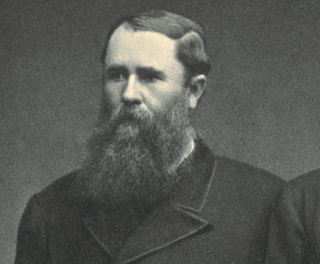
Nicolaas Jacobus Smit was a Boer general and politician. During the First Boer War, he led Boer forces to victory during the Battle of Majuba Hill. He was elected Vice State President of the South African Republic in 1888 and served until his death.
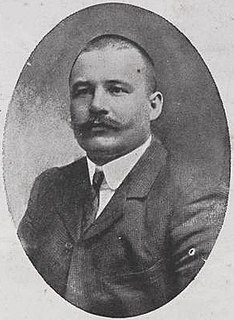
Manie Maritz (1876–1940), also known as Gerrit Maritz, was a Boer officer during the Second Boer War and a leading rebel of the 1914 Maritz Rebellion.

The South African Railways Class D 2-6-4T of 1898 was a steam locomotive from the pre-Union era in Transvaal.

This is a survey of the postage stamps and postal history of Transvaal, formerly known as the South African Republic.
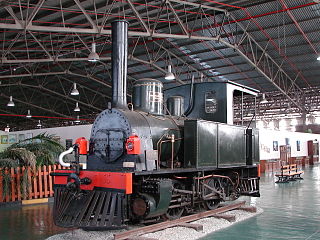
The NZASM 14 Tonner 0-4-0T of 1889 was a South African steam locomotive from the pre-Union era in Transvaal.
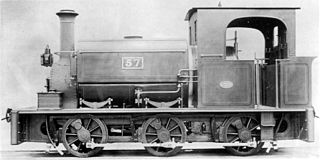
The NZASM 18 Tonner 0-6-0ST of 1890 was a South African steam locomotive from the pre-Union era in Transvaal.

The NZASM 19 Tonner 0-4-2T of 1891 was a South African steam locomotive from the pre-Union era in Transvaal.

The NZASM 40 Tonner 0-6-2T of 1892 was a South African steam locomotive from the pre-Union era in Transvaal.

The Pretoria-Pietersburg Railway 26 Tonner 0-6-0ST of 1896 was a South African steam locomotive from the pre-Union era in Transvaal.

The Pretoria-Pietersburg Railway 35 Tonner 4-6-0T of 1887 was a South African steam locomotive from the pre-Union era in Transvaal.
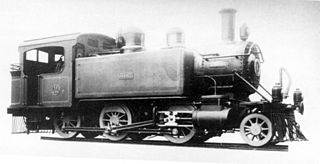
The Cape Government Railways 3rd Class 2-6-0T of 1900 was a South African steam locomotive from the pre-Union era in the Cape of Good Hope.
The Transvaal Government Gazette was the government gazette of Transvaal Colony between 1877, when Britain annexed the Zuid Afrikaanse Republiek (ZAR), and the end of the First Boer War in 1881.

In the Colonies and Boer Republics which became the Union of South Africa in 1910, several unofficial military decorations and medals were instituted and awarded during the nineteenth and early twentieth century. The Johannesburg Vrijwilliger Corps Medal is an unofficial private campaign medal which was instituted in 1899 by Lieutenant Colonel S.H. van Diggelen, the founder and Commanding Officer of the Johannesburg Vrijwilliger Corps, for award to the officers and men of his unit.
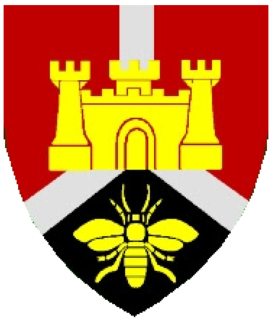
17 Field Artillery Regiment was a reserve South African Artillery unit.


















